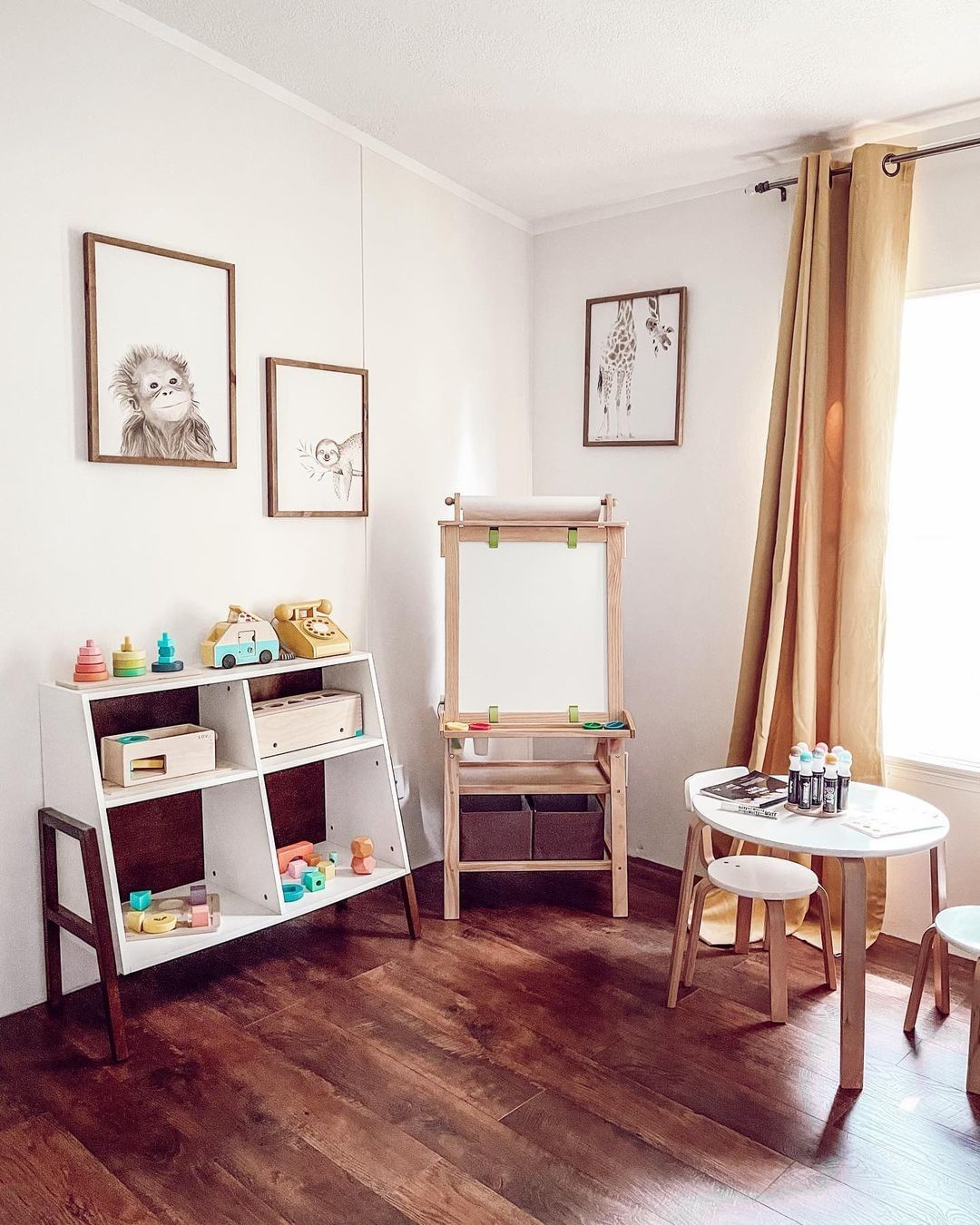
How to Create the Perfect Play Space to Encourage Independent Play
|
|
Time to Read: 5 min
|
|
Time to Read: 5 min
By Chandler Marburg, Montessori educator and contributor to Little Partners
As children grow, we as parents are forever rearranging and organizing their rooms and play areas. What is the best way that we can encourage our children to play and work independently? It’s important at an early age to create a dedicated play space that will encourage a child to explore on their own while also building their independent skills and fostering self-esteem.
Founded by a pediatrician and mom of three
Stainless steel is the only kid-friendly material recommended by the American Academy of Pediatrics
We are guided by a Scientific Advisory Council comprised of environmental and medical experts, guiding us in creating the safest products, following the latest science and promoting policy to protect human health and our planet
Want to know more? Check out our story and our products.
So, how to encourage independent play and where to begin?
This does not have to be a large area. For example, a simple age-appropriate shelf will suffice for a young toddler. Make sure it is reachable for their height (and safely secured to the wall) so that they can put their things away without assistance from an adult.
4-6 materials will do. If your child can see the material or toy displayed neatly on a shelf, they will have a deeper respect for the item. Every few weeks or so, swap out the materials out to keep your child engaged and curious. It’s important to set little ones up for success. Be sure that the selected play materials are manageable for a young child. They should be able to grip and transport pieces independently. Place items in baskets or small containers to encourage organization and so as not to overwhelm the child.
Toddlers love to pull chairs out and sit down, then push them in once they are done. Research has shown that children can focus better when their feet are planted on the floor while sitting. This works to build their confidence and self-esteem.
Encourage your child to choose one activity at a time and then return the toy or material to its designated place before moving on to the next activity. This will promote a sense of order and structure and establish an appreciation and respect for their things.
As a parent, observing your child’s developing needs is key to providing them with a successful play space to encourage independence. Guiding our little ones to always be mindful of their materials and their environment will help them develop into thoughtful and successful individuals with a respect for the world around them.
Photo by: @lifewithrowan
The American Academy of Pediatrics (AAP) released a report in July 2018 suggesting ways that families can limit exposure to certain chemicals at mealtime, including “the use of alternatives to plastic, such as glass or stainless steel, when possible.” The report explained that “…some additives are put directly in foods, while “indirect” additives may include chemicals from plastic, glues, dyes, paper, cardboard”. Further, “Children are more sensitive to chemical exposures because they eat and drink more, relative to body weight, than adults do, and are still growing and developing.” While stainless steel items meet the recommendation to avoid plastic products in children, Ahimsa® products have the obvious advantage of not breaking like glass.
According to the Steel Recycling Institute, steel can be recycled over and over and over again without losing its integrity and requires less energy to recycle than to make anew. Most plastic unfortunately ends up in landfills and it is estimated to take 700 years to decompose. Our special coloring process that allows Ahimsa® products to be fully metal is environmentally friendly, so it does not produce toxic run-off into the ecosystem.
No. Our steel is durable, so it won’t break or shatter with everyday use, like glass. And it won’t peel, like other colored stainless steel products you’ve seen. We use a special process that allows the colors to naturally occur in the metal.
Our products are meant to last, you can use Ahimsa at ages 1, 8 and 18! We thoughtfully design our products to be safe for little ones and our planet while reducing consumption. Once your child outgrows the Starting Solids Set and can use regular cups and utensils, the training cup is the perfect size rinse cup in the bathroom, the infant spoon doubles as a tea stirrer and the bowl is great for snacks or as an additional compartment to our modular divided plate. Our plates are great for any age as they encourage choosing a variety of healthy foods at each meal and help visualize portion sizes easily. It’s the lasting beauty of stainless steel - grows with your child and reduces waste.